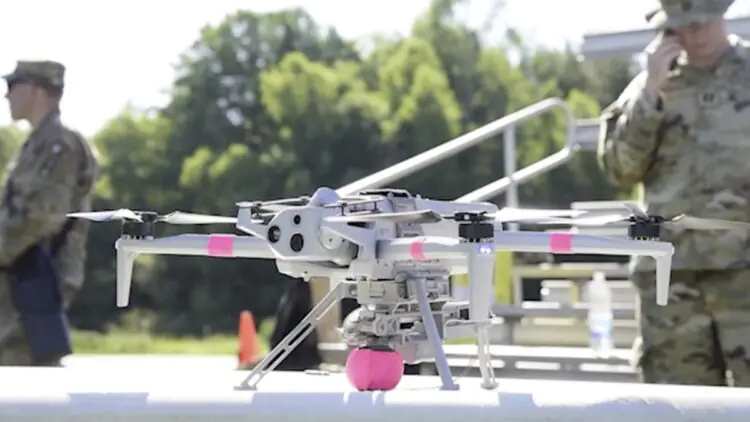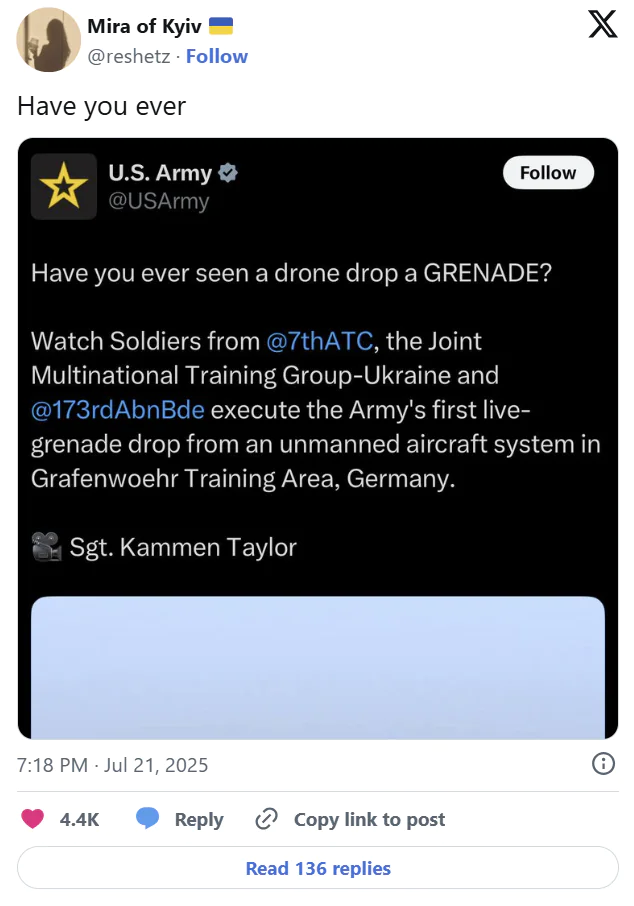What was meant to be a showcase turned into a digital embarrassment. The Pentagon attempted to highlight its drone capabilities – specifically, a quadcopter dropping a grenade – but the reaction online was far from impressed. Instead of praise, the U.S. Army found itself the subject of mockery. No physical losses were incurred, but the reputational damage was real.
The clip itself seemed harmless: a training video showing a drone cleanly releasing a grenade. However, in the context of the war in Ukraine – where such tactics are used daily and often streamed almost live from the front lines – the display felt outdated. It’s the military equivalent of proudly announcing you’ve learned to ride a bike while the rest of the world is already competing in the Tour de France.
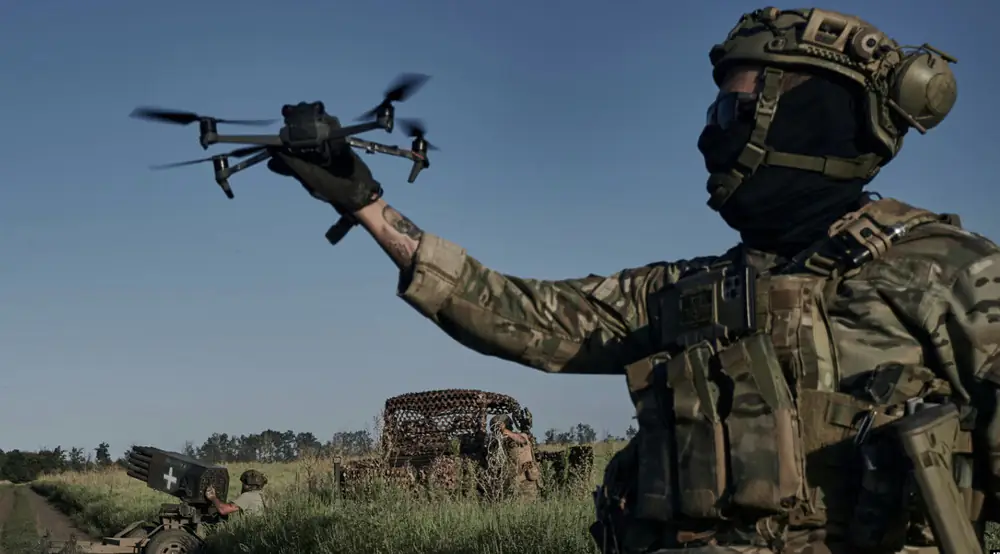
At the Pentagon, it seems the move was seen as some kind of “innovation.” But they may have overlooked an old truth: sometimes it’s better to stay silent than to post something that sparks a backlash. The internet, on the other hand, had a different take – labeling the video as plain cringe. And frankly, it wasn’t wrong.
TABLE OF CONTENT:
Has the Pentagon just now seen that the war is changing?
In recent days, the U.S. military has suddenly started showing interest in small drones – typical quadcopters that, on the front lines, are capable of nearly everything. From reconnaissance and delivering ammunition to carrying out direct strikes in a kamikaze style, these compact UAVs have become essential tools in modern warfare.
On one hand, this is a good sign. Ukraine has made it crystal clear: modern warfare is no longer just about tanks – it’s about drones. While some are still figuring out how best to camouflage their equipment, mini-UAVs are already dropping straight into open hatches and ending the story. Traditional weapon systems remain bogged down in years of bureaucratic red tape – tests, reports, signatures, more reports. But now is not the time for that. It’s good to see that allies are starting to grasp this and move forward.
On the other hand, their attempts to show this on social media look like the Pentagon just discovered Internet Explorer. Their latest post is a textbook example: a drone, a grenade, a video, and a hashtag. The result? A storm of well-deserved backlash. Because bragging about something others already consider basic isn’t power – it’s being late to the game.
Ukrainian testing ground for innovations as opposed to American ‘discovery’
“Have you ever seen a drone drop a grenade?” – the official U.S. Army account on X asked in a tone of grand revelation. The post was followed by a video from the Grafenwöhr training area in Germany, showing an American drone dropping a grenade. Wow.
Well, not quite – at least not for anyone who’s been even vaguely following Russia’s war against Ukraine.
Because if this is a “revolution” for someone, for us – it’s yesterday’s news. Ukraine has been living in the drone era for three years now: bombers, ships, tanks, helicopters, command posts – all destroyed. Drones evacuate the wounded, drop mines, strike at night – and they’ve done it all. Repeatedly. And not somewhere on a training ground, but in real combat. Not just in the air, but on land too.
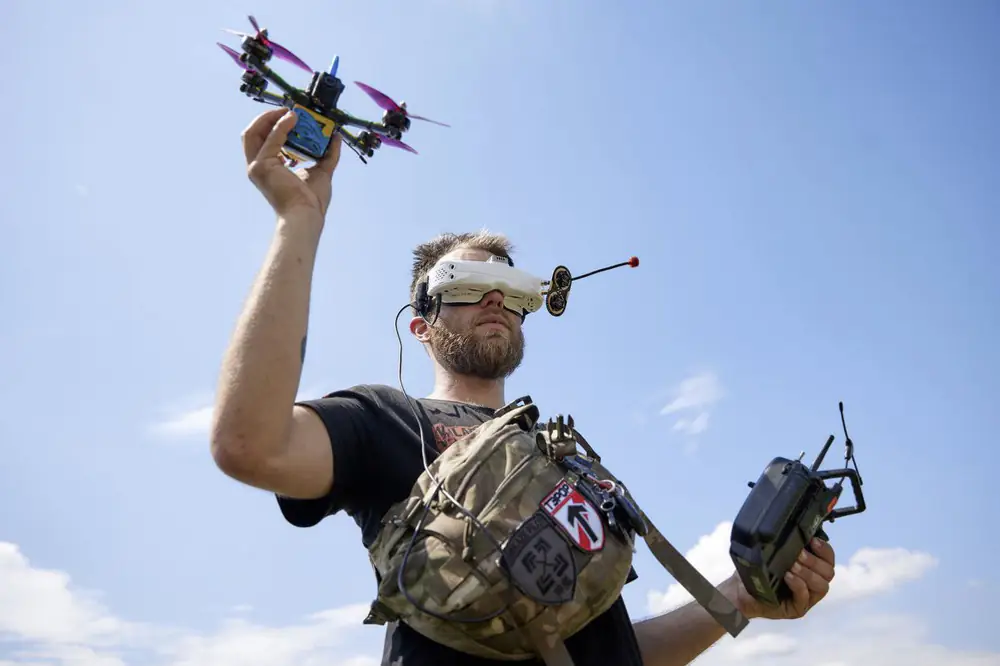
Over 500 types of drones, and dozens of new innovations every month. Ukraine already has FPV platforms that cost around \$400 and can take out targets worth millions. Meanwhile, the U.S. showcases a \$15,000 drone dropping a single grenade. And it’s 2025.
In reality, there’s nothing new here. We saw the same thing back in 2016 during the battle for Mosul. So if this is being presented as a breakthrough, it’s fair to ask: who’s been riding the brakes?
The comments under the post tell their own story – ranging from sarcasm to outright disbelief. Behind the proud headline about “innovation” is a simple truth: they’re years behind.
Even Tyler Rogoway, editor-in-chief of The War Zone, couldn’t hold back: “I’ve been criticized for constantly calling out the Pentagon for senseless delays when it comes to the risks and opportunities of drone warfare. This official post is all you need to know. It’s 2025.”
The OSINTtechnical profile added: “What’s worrying is that it took the United States three years to start using tactics Ukrainian soldiers were employing just days after Russia’s invasion. Also, the grenade-dropping drone costs a hefty $15,000.”
The ending was typical: facing a wave of justified criticism, the U.S. military simply deleted the post. Like in the old days – if something doesn’t work out, just pretend it never happened. Maybe they’ll even issue an apology for the inconvenience. The drone remains. The grenade was dropped. The uneasy feeling lingers.
And that’s where it gets truly concerning – not because of the grenade or the drone, but because the world’s most powerful military is only now starting to notice what has long been routine on the Ukrainian front.
Drone warfare is not the future. It is the present
In this war, Ukraine has become a real testing ground for drone tactics – not a simulator or a demonstration, but a harsh, hands-on, and often brutal battlefield laboratory.
A drone dropping a grenade right into a tank’s hatch? That’s a typical evening occurrence. An FPV kamikaze drone with built-in AI that independently identifies targets? Routine. A drone shooting down another drone or even a helicopter? That’s happened multiple times. Add to that mine-laying, ammunition delivery, evacuation of the wounded, and hunting air defenses – all from the air, land, and sea, all done with drones. It’s all already here.
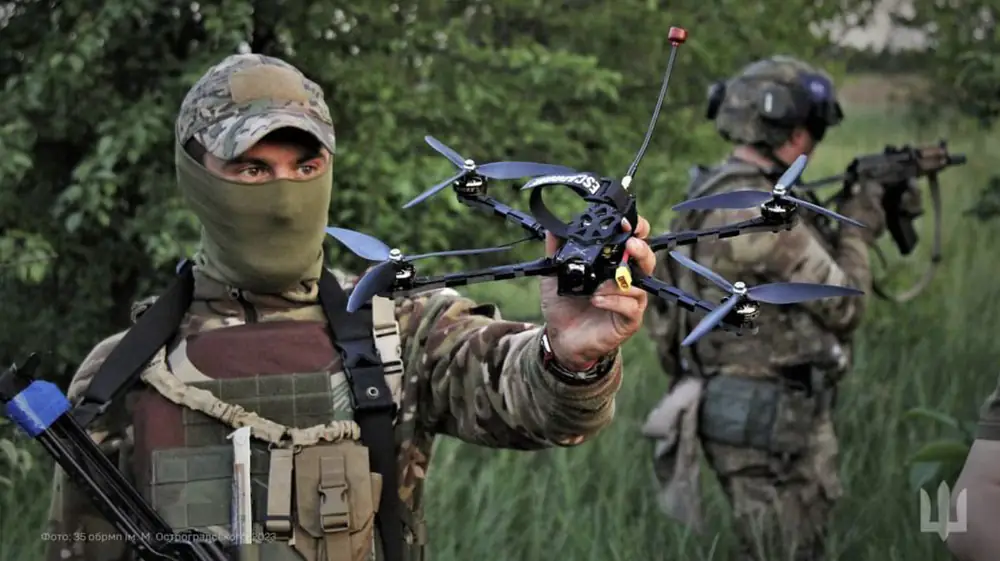
Apologies for the repetition, but now let’s open platform X. There, the U.S. military, which spends over $850 billion annually on defense, proudly shares a video of a drone dropping a grenade – acting as if they just discovered gravity.
One of Ukraine’s top brigades recently showed journalists what this war really looks like: a secret command center, FPV drones, real-time streaming goggles. One soldier near the front line, others hundreds of kilometers away. Coordination via Starlink. You might joke that Elon Musk is the god of war here, because without his satellites, these deadly technologies would just be fancy gadgets. Yes, Elon, we scold you – but we also kind of like you.
But this whole story is more than just another social media blunder. It’s a stark, painful lesson about how easy it is to miss a revolution, even when you have the world’s largest defense budget. And how pointless it looks afterward to try and pass it off as a strategic pause.
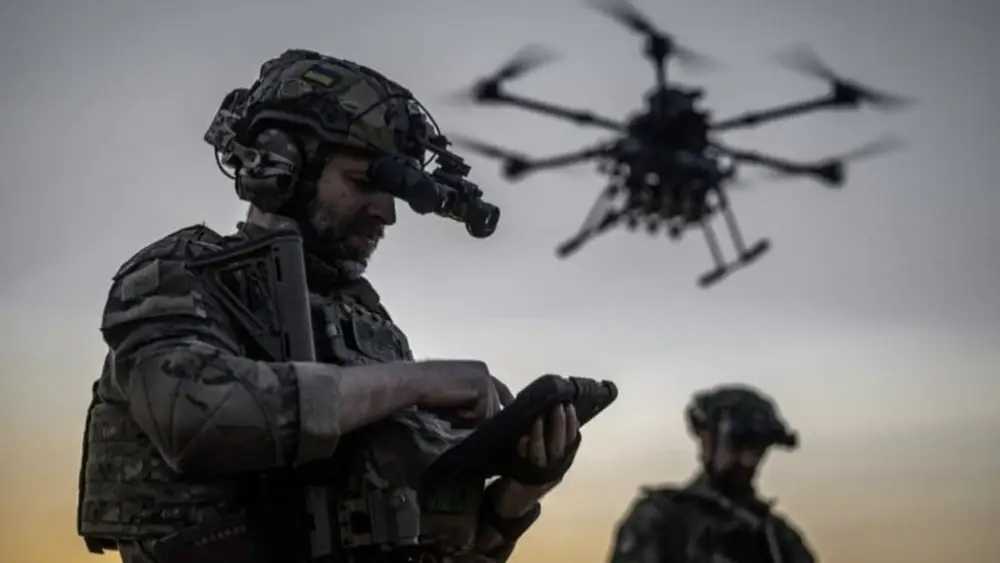
Drones are changing warfare right now – not tomorrow, not next year, and not after the Pentagon holds a few more roundtables or desert tests. The change is happening here, on Ukrainian battlefields, amid the ruins of Bakhmut, along the Kupiansk-Zaporizhzhia line.
The takeaway is simple: if you’re a military superpower, maybe it’s best not to boast about things that have long been outdated on the front lines. Because next time, it won’t be a grenade dropped by a drone – it’ll be a meme. And that might sting even more.
Read also:


